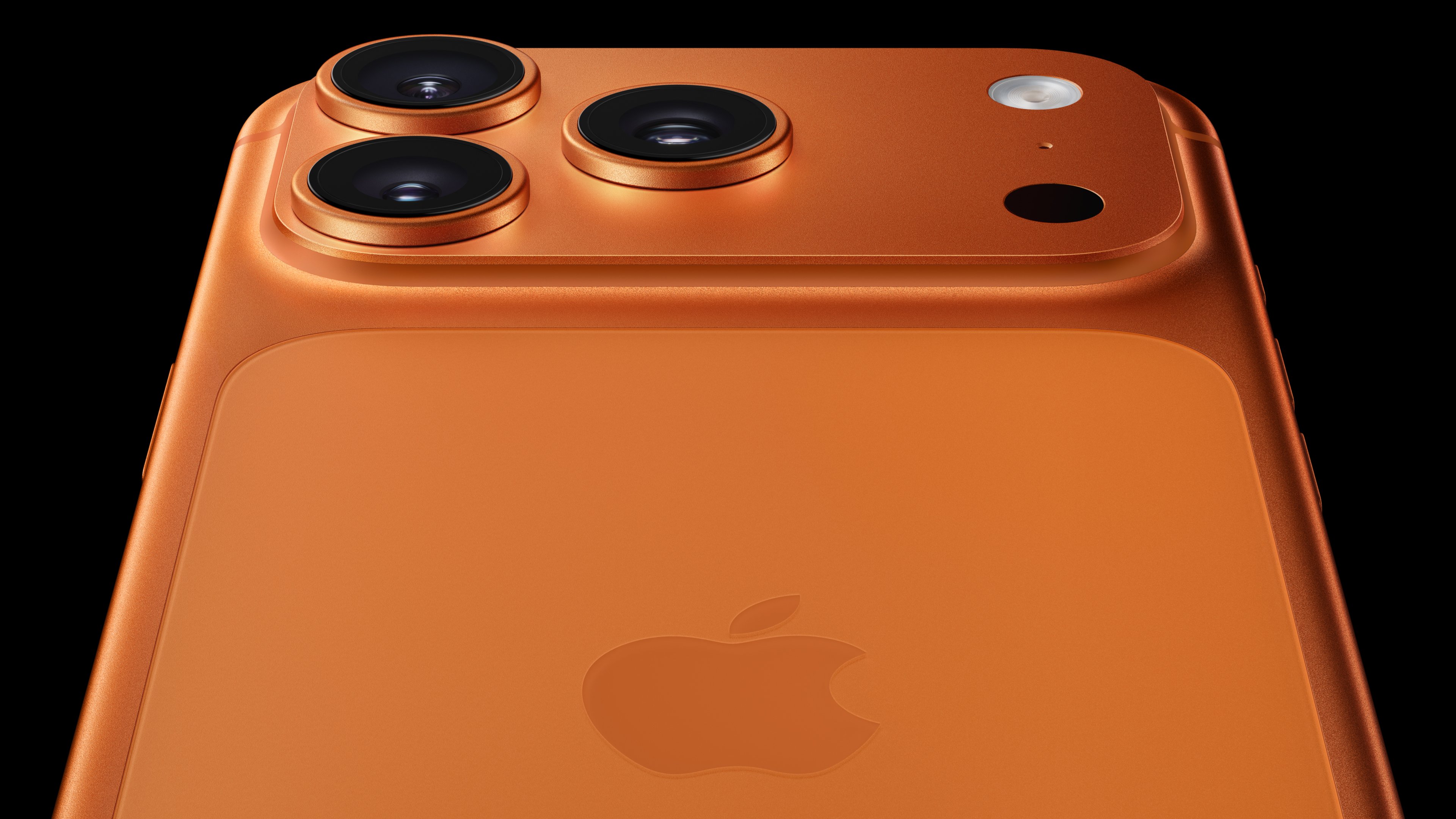The Dow Jones Industrial Average (^DJI +1.28%) had managed to produce a small gain by Monday afternoon, up 0.12% at 2:20 p.m. EST. Helping the Dow were Intel (INTC 3.10%) and Apple (AAPL 0.21%), both of which outperformed the broader market.
Intel provided some details on its upcoming graphics products, giving investors a glimpse into how the company plans to go after the lucrative market for graphics chips. Meanwhile, reports of improved iPhone sales in China during the past couple of months helped boost Apple stock.
Intel details graphics push
Chip giant Intel has long treated graphics as a second-class citizen, but no more. The company is working on building its own discrete graphics business to take on NVIDIA and Advanced Micro Devices. A few details of that effort were revealed during the HPC Developer Conference.
Intel's Xe graphics architecture will find its way into the upcoming Ponte Vecchio graphics cards, which will be built on a 7-nanometer manufacturing process. These cards will be aimed at high-performance computing and artificial intelligence workloads, and they'll be featured in the Aurora Supercomputer at Argonne National Laboratory in 2021.

Image source: Getty Images.
Gaming-orientated graphics cards will be coming first in 2020, with Tom's Hardware speculating that these consumer cards will be built on Intel's long-delayed 10-nanometer manufacturing process. The Xe graphics architecture will also find its way into the built-in integrated graphics on Intel's PC CPUs.
How competitive Intel will be in the consumer graphics card market is an open question. NVIDIA currently dominates, especially at the high end, although AMD is staging a resurgence. Intel may need to be aggressive with pricing to make any headway.
Intel stock was up 0.9% on Monday, continuing its post-earnings rally. Shares are now up about 24% since the start of the year.
Apple stages a minor comeback in China
Shares of Apple were up 0.5% after a report that sales of its all-important iPhone were improving in China. Based on Chinese government data, Bloomberg calculated that Apple shipped 10 million iPhones in China during September and October. That's up 6% from the prior-year period, despite a 5% decline in overall smartphone shipments in China during those two months.
Apple has been struggling in China recently, losing market share to Chinese smartphone companies including Huawei and Xiaomi. In fiscal 2019, Apple's total revenue from China was down 16% to $43.7 billion. The fiscal fourth quarter, which ended in September, showed signs of improvement, with China revenue down only slightly on a year-over-year basis.
Apple doesn't have the same cachet in China as it has in the United States. While Apple's unit smartphone market share in the U.S. tops 40% despite premium pricing, the company holds just a single-digit-percentage market share in China.
While improving iPhone sales in China is a positive sign for Apple, the company will need to sustain that momentum. Competition is fierce, and the company's premium pricing remains a hindrance to sales.






